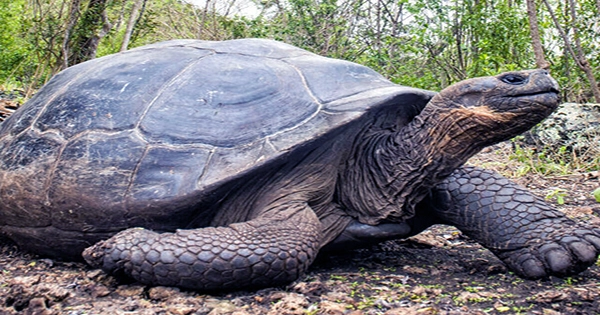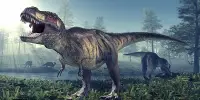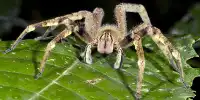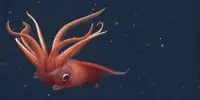An albino Galápagos giant tortoise has astounded zookeepers in Servion, Switzerland, who claim that such a creature has never been seen in the wild or in captivity before. The world’s first albino baby isn’t quite living up to its “giant” billing, weighing only 50 grams (1.8 ounces) according to Live Science, but it has already caused a sensation in the international press. Albinism is an inherited genetic disorder that affects the production of melanin, which is what gives skin, hair, and eyes their color. The Galápagos giant tortoise hatchling emerged from its egg with a pale complexion and red eyes, two features of albinism – an inherited genetic disorder that affects the production of melanin, which is what gives skin, hair, and eyes their color.
As a result, the hatchling has a highly distinct look, with a shell and skin that are both devoid of pigment, resulting in an off-white, nearly yellow tint. Albinism is uncommon across species, yet it is more likely in some than others. According to Tropiquarium, the Swiss zoo where the tortoise was born, humans have a one in 20,000 chance of being born with albinism, but tortoises have a one in 100,000 chance. That makes their newest pearly inhabitant a true rarity. The albino infant hatched as a twin, with its brother hatching from its egg with the more normal colors of the Chelonoidis nigra giant tortoise species from the Galapagos Islands.
On February 11, 2022, both siblings were born to a 100-kilogram (220-pound) mother and crawled out of their eggs in May. They’re now chilling with their mother, which gave me the chance to take a few photos that really show off the size difference between the kids and the hatchling’s colouring in comparison to the rest of the family. Albinism causes the production of melanin to be disrupted, putting humans and animals born with the illness at a higher risk of UV exposure and, as a result, skin cancer. In the wild, this would reduce the hatchlings’ chances of survival by increasing their risk of sickness and maybe making them easier to notice for predators.
The albino Galápagos giant turtle hatchling will be cared after by Tropiquarium, which will strive to restrict the animal’s exposure to the sun, as the species is both uncommon and valuable. The wild populations of Galápagos giant tortoises are in serious danger as a result of human involvement, which is why breeding initiatives like the one that produced our small pearly turtle are so crucial. An “extinct” species of Galápagos giant tortoise was recently discovered relaxing alone on a distant volcanic island, marking only the second sighting of the species since it was first documented in 1906. Casual.













